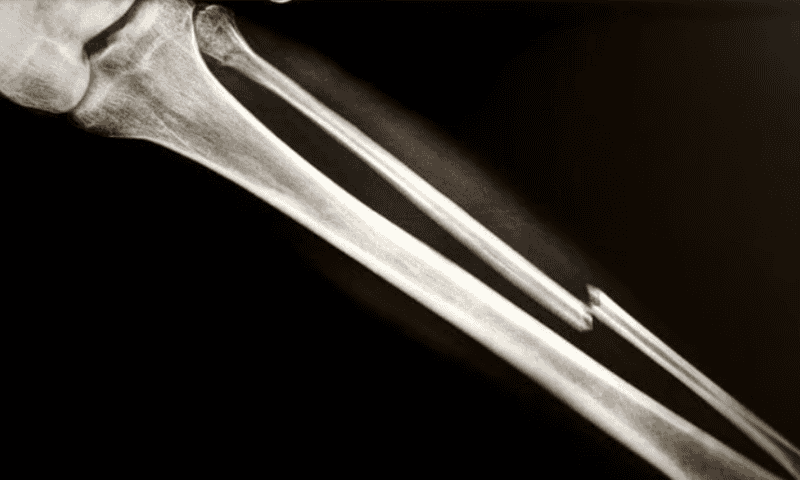Ultragenyx and Mereo BioPharma have broken off another piece of brittle bone data, linking their drug candidate to sustained reductions in fracture rates in a midphase clinical trial.
The results come from 24 patients with osteogenesis imperfecta who received the anti-sclerostin antibody setrusumab in the first part of the phase 2/3 Orbit study. Over the two years before the trial, the patients had a median annualized fracture rate of 0.72. In October, the partners reported the median annualized fracture rate fell to zero after the participants had received setrusumab for an average of nine months.
Ultragenyx and Mereo’s latest cut of the data looks at outcomes after a mean treatment duration of 16 months. The headline result is a carbon copy of the earlier readout, with the partners again reporting a 67% reduction that kept the median annualized fracture rate down at zero. Pamidronate and zoledronic acid, currently prescribed brittle bone treatments, are associated with lower rates of fracture reduction.
The result is in line with the bar set by Mereo CEO Denise Scots-Knight, who told attendees at a Jefferies event last week that she expected the readout to be “at least comparable, if not better than” the earlier data drop. Shares in Mereo climbed more than 6% to $3.75 in premarket trading, and Ultragenyx’s stock traded up 4% to top $43.
Ultragenyx and Mereo also shared updated bone mineral density (BMD) data. Scots-Knight flagged BMD as a result to watch at the Jefferies event, explaining that her team would be “looking at whether it’s increasing in a linear manner or starting to plateau” to inform potential maintenance dosing regimens.
Lumbar spine BMD had increased 22% from baseline after 12 months of treatment without evidence of plateau. The result shows density continued to increase after the six-month analysis, when the partners reported a 14% rise, and suggests further gains are possible as Ultragenyx and Mereo continue to track the patients.
The readout offers encouragement as the partners advance toward data from the phase 3 portion of the trial. Ultragenyx wrapped up enrollment in the phase 3 part of the Orbit study, which recruited people aged 5 to 25 years, and in another phase 3 study in younger children in April. Speaking at a Goldman Sachs event Tuesday, Ultragenyx CEO Emil Kakkis said an interim analysis is due around the end of 2024.
“I think we’ll end early, but I don’t know for sure,” Kakkis said. “Based on the size of the trial, and the fracture reduction we’re seeing, we should. But it highly depends on how many fractures are happening. That part is hard to predict.”

